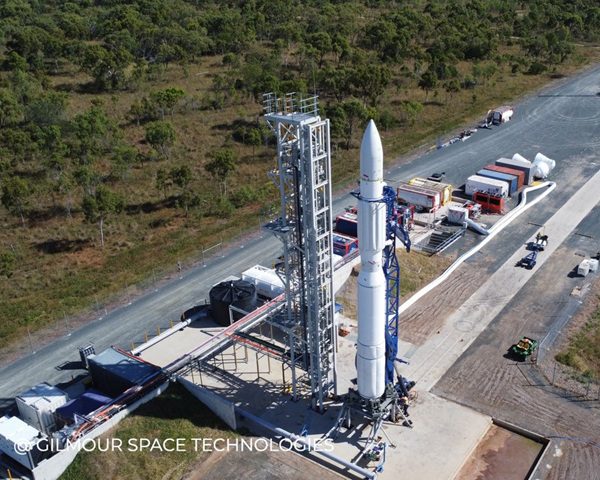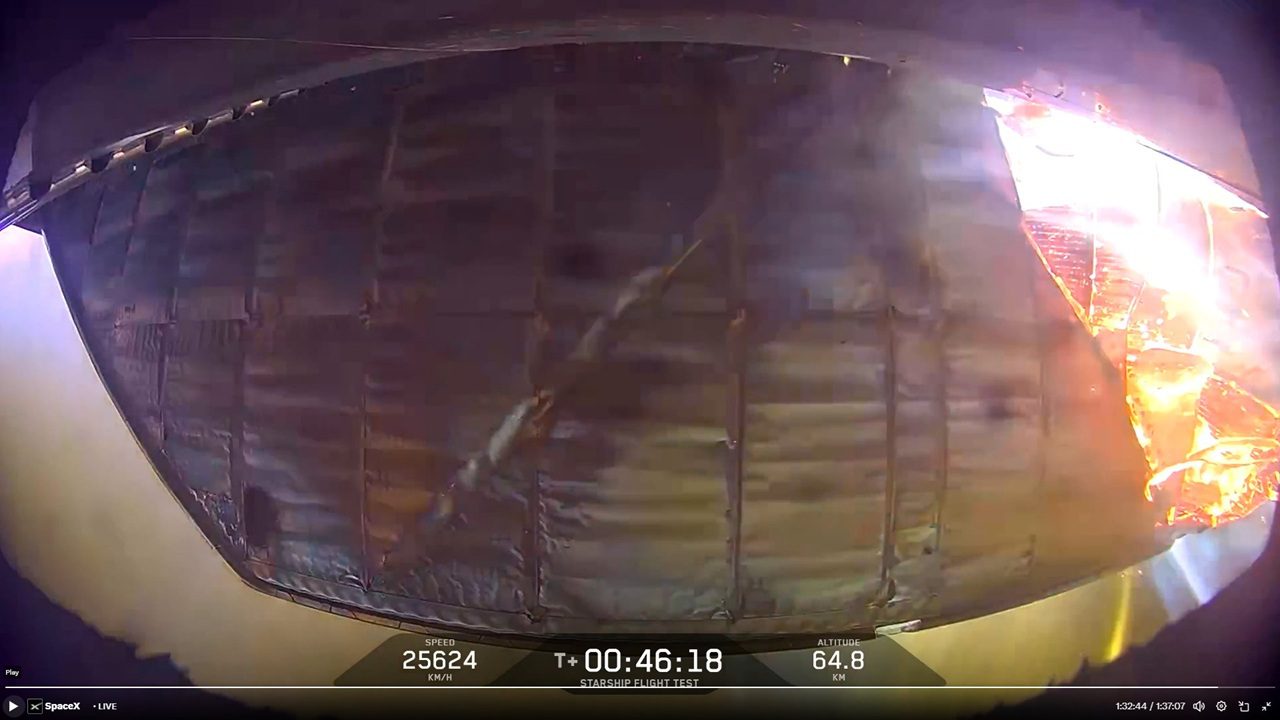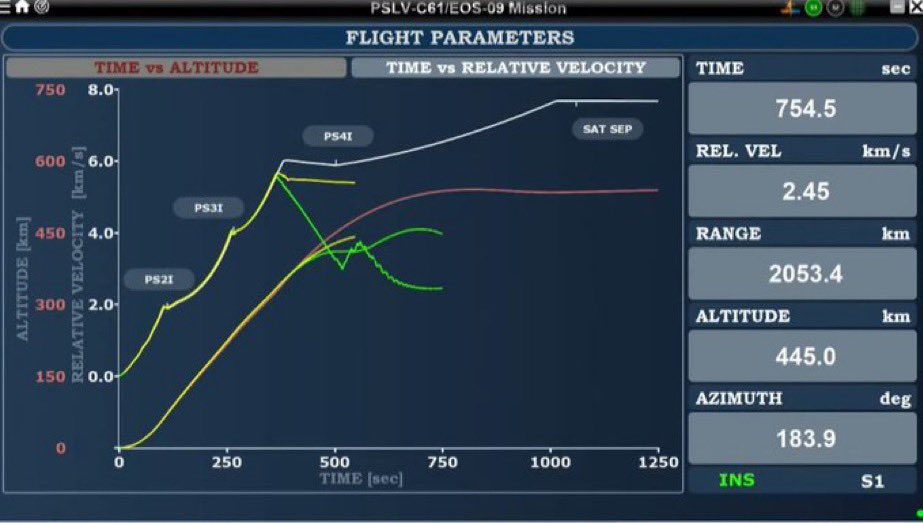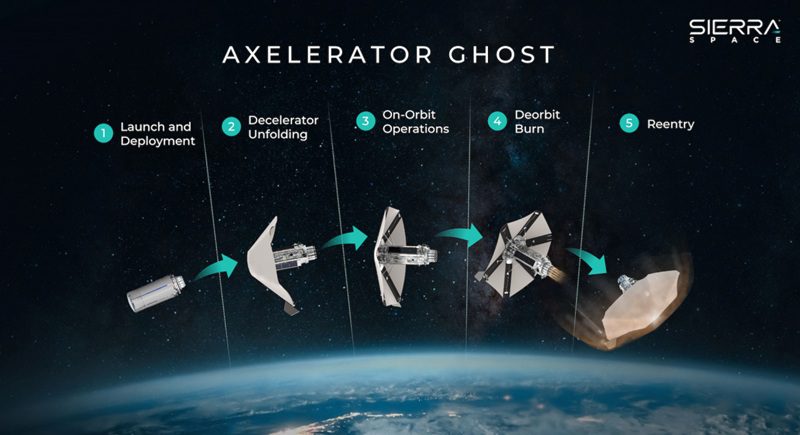While Russia’s President Vladimir Putin might have more controversial foreign and military issues to contend with, he has found the time to formally sign the authorisation for the development of a Russian SLS-equivalent super-heavy lift launch vehicle which, like its US opposite number, will have two versions: a 70 metric ton initial version and a later 130-150 metric ton version. According to Russian Deputy Prime Minister Dmitry Rogozin development of the new rocket will take place once the new Angara series is completed.
On the other side of the fence, having announced that SLS had passed its key design and funding reviews, NASA surprised many by declaring that the first launch of SLS could be delayed by 11 months. Officially it said that the EM-1 mission, which was to be a trans-lunar test of the Orion capsule/service module combination in unmanned state, would be delayed from December 2017 to a likely launch date of November 2018. A first manned flight would happen about four years later.
Development of the SLS has gone much better than expected – especially when compared with NASA’s traumatic experience with Project Constellation’s Ares I and V launch vehicle designs. NASA has previously hinted that a lack of funding is hampering their progress towards this first flight, notably in the development of an interim upper stage based on Delta IV technology.
The US Government Accounting Office (GAO) believes that the programme will need another US$400 million to achieve its launch objective for the initial 70 metric ton to LEO version of SLS.
The Key Decision Point C (KDP-C) review, which SLS has just passed, estimated that the remaining costs of the programme up to the first launch will be US$7 billion, adding to the US$8 billion already spent on it and relevant parts of the Project Constellation forerunner.
While the EM-1 flight delay is thought to be due to funding issues, some have suggested that the real “choke point” to the timeline of the first flight might be the delayed development of the Orion Service Module, which is based on the European ATV cargo craft. This has been denied by NASA. The Orion service module is being designed and built using European Space Agency funding as a way for ESA to pay off its International Space Station debts to NASA. Nevertheless, despite being based on an already-flying system, development difficulties have left the service module’s development months behind schedule.
Meanwhile, critics note that in the course of its own plans to land humans on Mars, the privateer outfit, SpaceX, is planning to build an as-yet unnamed super-heavy-lift rocket which may be able to carry twice as much into orbit as SLS, effectively making SLS redundant for Mars exploration.
Comment by David Todd: Seradata’s analysis is that the SLS would instead be ideal for simple Apollo-style manned lunar missions if not for more extensive lunar exploration. However, the Moon seems not to be on NASA’s agenda as its leaders prefer to go for an asteroid retrieval mission. Nevertheless, our analysis has always been that NASA would probably need a “bigger boat than SLS” which is actually too small to be used effectively for manned Mars missions.
As it is, Elon Musk with his SpaceX whopper-booster, is at least keeping the United States of America at the head of the space race for a manned Mars landing. While Musk has shown no interest in lunar exploration, any plans for a US lunar base would also benefit from having a rocket even larger than SLS.







